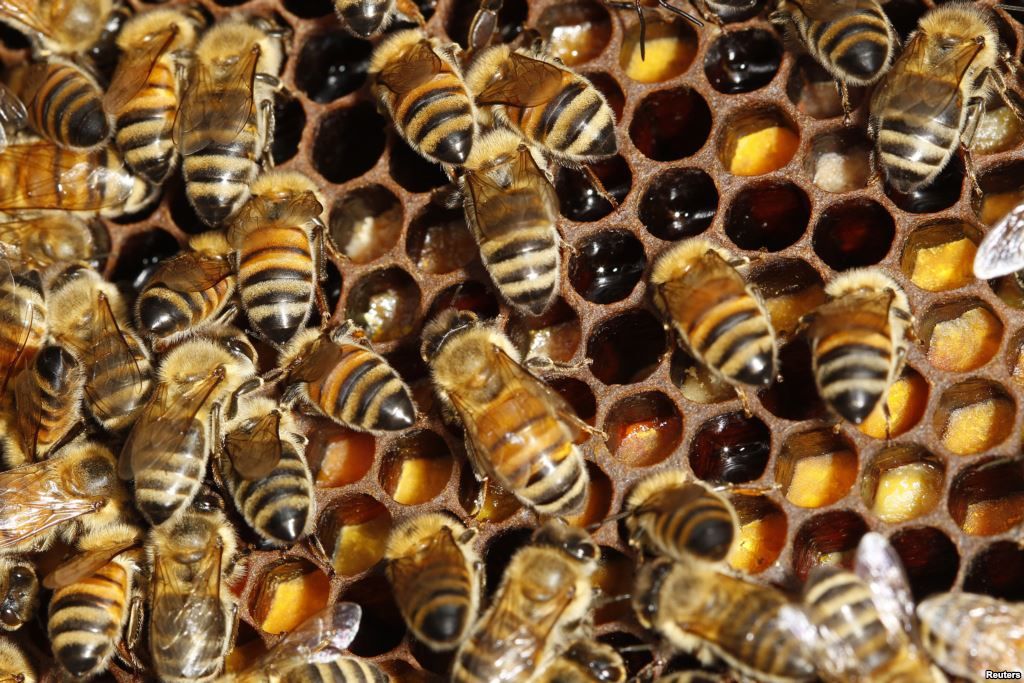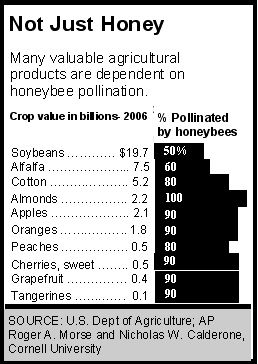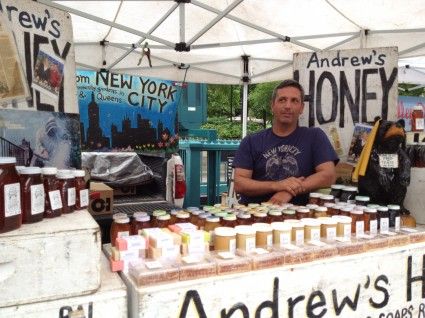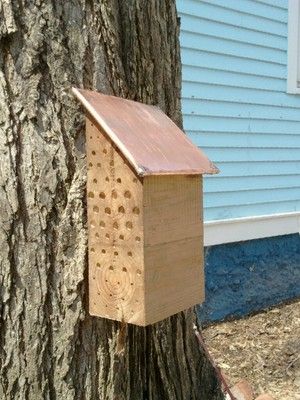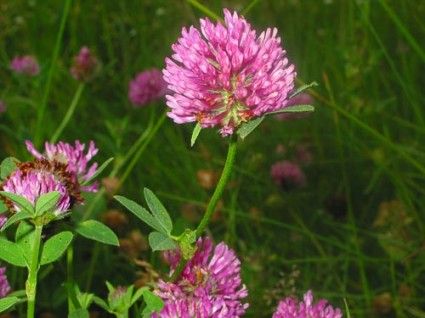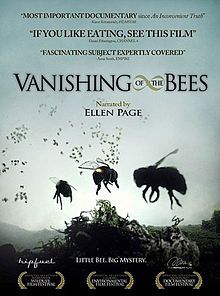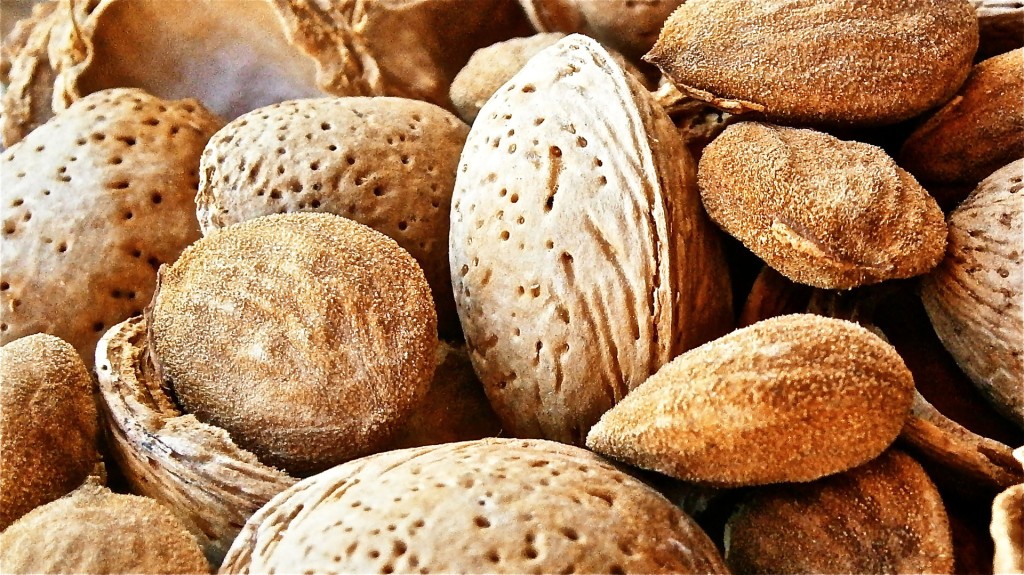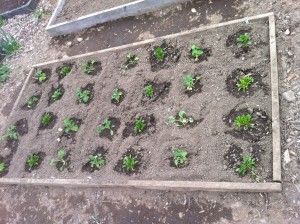Aparigraha and Nonattachment in Everyday Life
Aparihraha is part of yogic philosophy. For an introduction to yoga philosophy, it is important to learn about the yamas and niyamas.
Aparigraha and Nonattachment Overview
Aparigraha is one of the yamas ~ the definition is nonattachment. Feelings, thoughts, emotions, and possessions are all impermanent. This post will focus on nonattachment to material possessions.
What we own ends up owning us. You can see this every day in your own life and the life of your friends and family.
If you’re a recent college graduate, adhering to the Aparigraha principle will give you freedom from the debt and obligations that shackle your friends and perhaps your parents. If you follow the path that American society dictates, you might find yourself trapped in a mountain of debt and useless possessions.
Possessions end up owning you, not the other way around.
Shackles Holding Us Back
I know so many people who would like to travel and live an extraordinary life but they’ve imprisoned themselves with debt by conforming to societal norms. Society tells us that we need to go to a great college and get a great job and then buy a great car and a great home. And then buy a bunch of great stuff to fill up the home. Is this really necessary?
I’ve fallen into the possession and attachment trap, what can I do?
Car payment? Student loan debt? Credit card debt? Mortgage? Garage full of useless items? Closet full of clothing you don’t wear?
The solution is to sell your crap, pay off your debt and change your mindset. On eBay and Amazon, one man’s trash is another man’s treasure. There will likely be buyers. If not, give it away. Giving is one of the most gratifying feelings in the world. If you need additional incentive, consider the tax credit offered to those who donate used items.
There was a study done that showed that true to the Pareto Principle, Americans wear 20% of their clothing 80% of the time. Look in your closet. There is probably numerous pieces of clothing that you haven’t worn in years. Get rid of them. Getting rid of physical clutter has been proven to rid your mind of mental clutter in the process.
By practicing yoga, meditating, reading and studying the great teachers, one will soon realize that the feeling we get from accumulating material possessions is a hopeless, fleeting pleasure.
Attachment and Making Consumer Purchases
Think of a recent time you purchased an article of clothing. You really liked it at first, right? But as time went on, you probably became accustomed to the piece of clothing and your affinity for it faded. You either lost it or it sits idle in your closet. Before you buy, realize that the good feeling you get from purchasing is impermanent. The purchase is probably unnecessary. This realization will help prevent the buildup of useless crap.
Why is it this way in America?
If we grew up in Japan, our attitude towards saving would likely be completely different. America is a debt driven society where consumers are encouraged to spend because it stimulates the economy in the short run. The average American ends up with mountains of high interest credit card debt by buying things that we don’t need.
As a society, we’ve lost touch with what matters. It seems many Westerners are concerned with celebrities and gaining social kudos from peers. We’ll do anything to satisfy this craving. Moreover, we’re so addicted to technology that it has become difficult to sit in silence and observe what’s going on in our minds.
In our travels to Cambodia, we witnessed the complete opposite. The locals were so happy and they had so few material possessions.
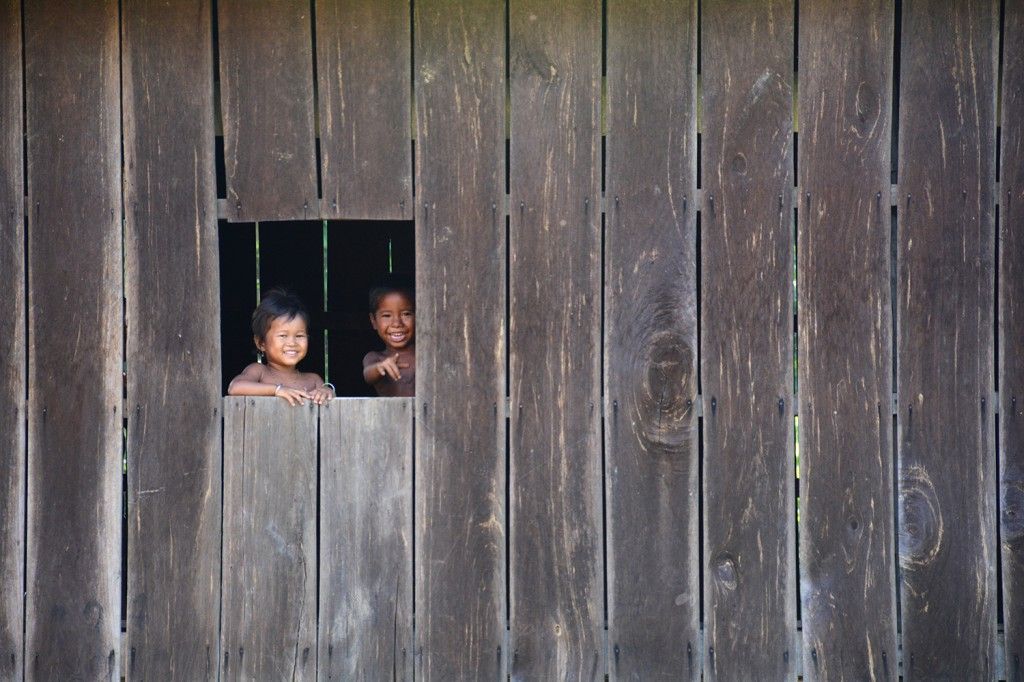
Children Ka Chut Kroam Village, Cambodia
Test to Determine your Level of Attachment
Next time you misplace your cell phone or computer or another valuable item, notice your reaction. Are you mad? Sad? If so, take a second and reflect. I often cringe when I drop my iPhone in “fear” that I had just shattered the screen. But isn’t it a bit ridiculous to let the status of a possession dictate your happiness? Let’s reduce this attachment to possessions and limit craving for items.
Conclusion on Aparigraha and Nonattachment
Some of us are always chasing…. chasing an impossible fleeting feeling of “happiness” that supposedly comes from accumulating material possessions. There are not enough material possessions in this world that will make you truly happy. This can only come from within.
Let’s strive to take the opposite approach to those on the hit American TV series Hoarders. Pursue your needs, not your desires and you’ll have more freedom in life. Be content with less.
“My barn has burned to the ground, now i can see the moon.” ~Japanese Proverb

